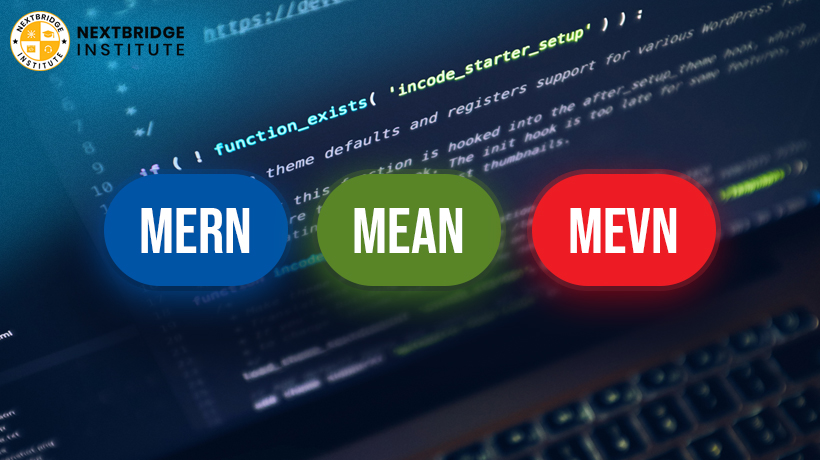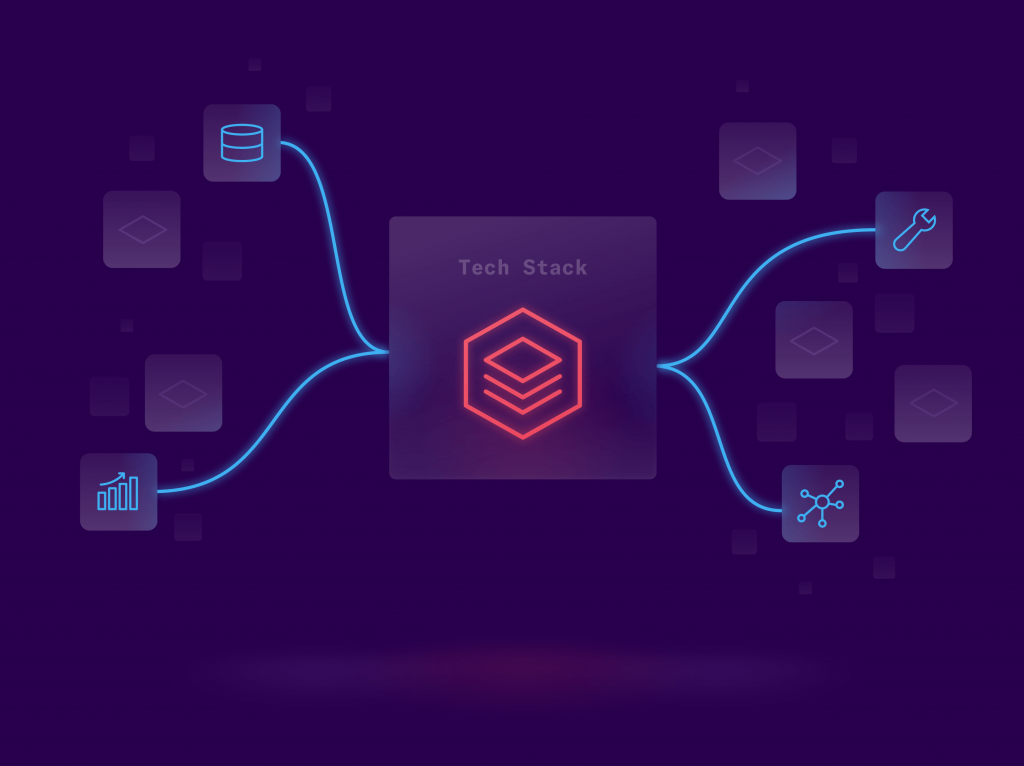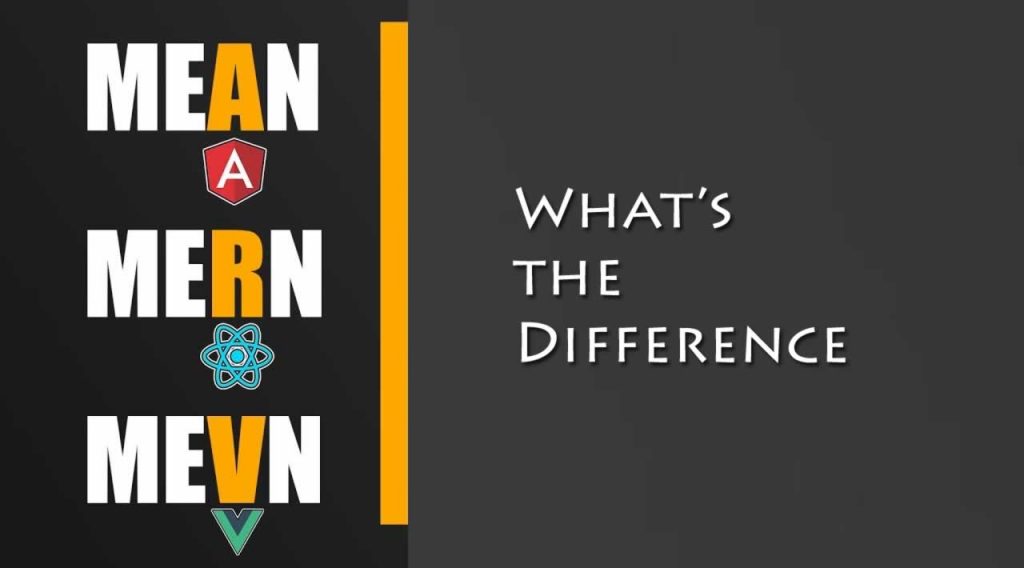The Benjamin Sisters: MERN, MEAN, MEVN

Gone are the days when front-end and back-end developers were only distinctions. With the advancement in techniques and need for quick outputs, developers take care of multiple tasks at once. This versatility led to a whole new form of development known as a Full Stack Development.
Meanwhile, JavaScript has fulfilled the quest for interactive web pages. It has become an essential language both for client and server-side development.
The need for full-stack development has highlighted the terminologies such as MERN, MEAN, and MEVN, which are often compared as MERN vs MEAN vs MEVN.
These three technology stacks are quite similar workwise, when it comes to creating highly-interactive web pages. Though when closely looked at, each one of them is different from one another technology wise.
This write-up sheds light on MERN vs MEAN vs MEVN, their differences and usability in the current development standards.
What is a Tech Stack?
Technology stack is using different operating systems, frameworks, languages, and servers hands-in-hands for developing a single web App or project. As the name signifies, the technology stack asserts on using different combinations to expedite the entire development process.
The full-stack developers having command over various technologies and frameworks are tasked to work back and forth. These multi-taskers work at different positions throughout the project lifecycle with an aim to get it all done within the given timeline.

All these frameworks MERN vs MEAN vs MEVN are also technology stacks, which are associated with JavaScript. Let’s watch out for differences in these technology stacks below:
MERN vs MEAN vs MEVN – What’s the Difference?

MERN
M: MongoDB
E: ExpressJS
R: ReactJS
N: NodeJS
MERN with the difference in acronym ‘R’ uses ReactJS to develop front-end web applications that have interactive and user-friendly interfaces. It builds a 3-tier architecture; a web application architecture that is used worldwide. It consists of 3 tiers: Client, Server, and Database.
It should be noted here that React, a famous JavaScript framework developed by Facebook came in as a challenger to Angular, which is a client-side JavaScript framework developed by Google.The former supports version update in an easier one-click way, which is otherwise missing in the case of latter.
MEAN
M: MongoDB
E: ExpressJS
A: AngularJS
N: NodeJS
Amongst the three stack technologies being discussed here, MEAN is the most popular of all. As a complete JavaScript-based platform, MEAN uses a single language throughout the project.
By using MEAN, developers can easily reuse the code across the App without getting in the hassle of reinventing code every single time.
MEAN uses AngularJS as a front-end framework, which is one of the most preferred frameworks of traditional organizations. Though Angular is known for its ease of use, still it lacks plenty of customization options as they’re available in Vue and React.
MEVN
M: MongoDB
E: ExpressJS
V: VueJS
N: NodeJS
It is yet another stack like MERN and MEAN, but the newest front-end technology of the trio. This JavaScript Software stack, VueJS coming right from Google’s employer Evan is an ultimate answer to the situation of making dynamic and interactive web pages with having enough customization options by their side.
MEVN uses Vue.js as an open-source framework for developing highly interactive interfaces. Undoubtedly, this newest technology stack is fast and easy to use, but it has less community support in comparison to other technologies.
In the Nutshell
These Javascript-based stack technologies, MERN vs MEAN vs MEVN all aim to speed up the development process by making a thing or two easier for the developers.
With a little difference in the framework and technique of implementation, all these stack technologies are quite similar to one and another.
In case you wish to learn more about these stack technologies, Nextbridge Institute offers plenty of web and App development courses.
Do get in touch!




